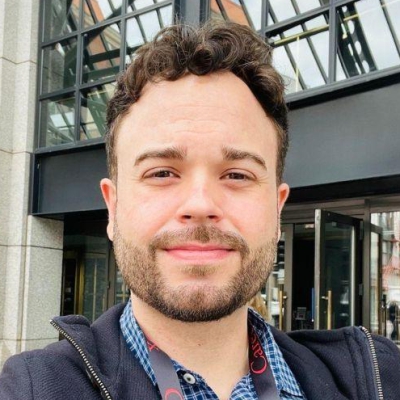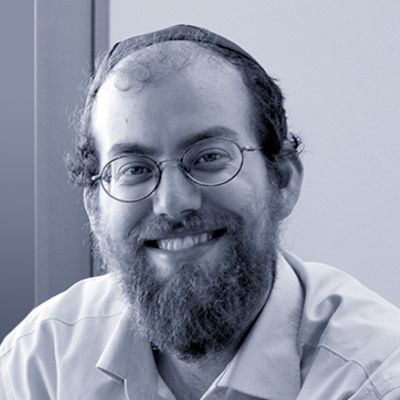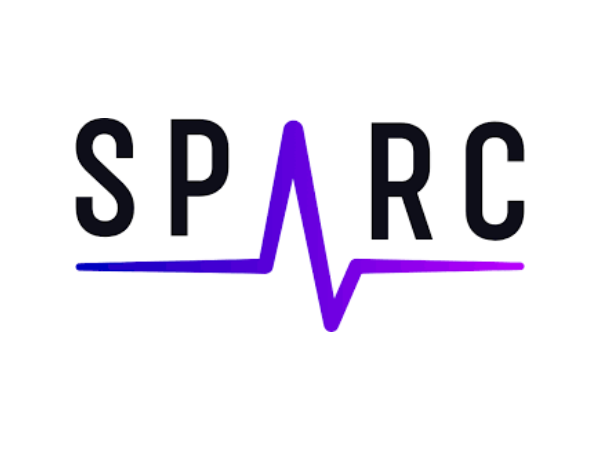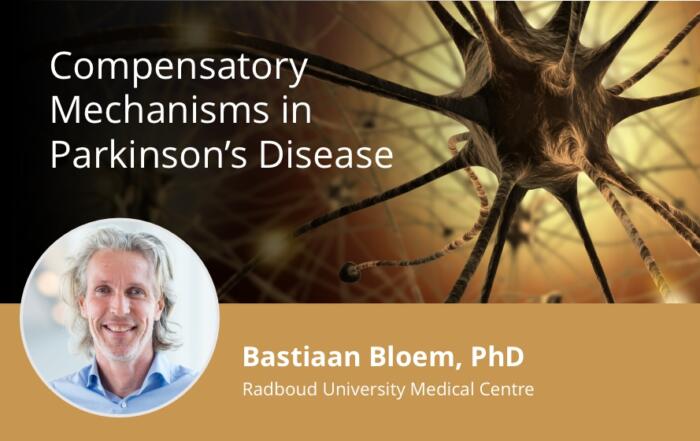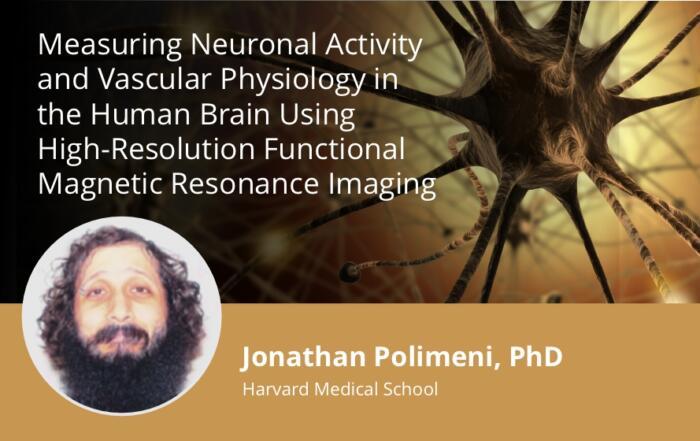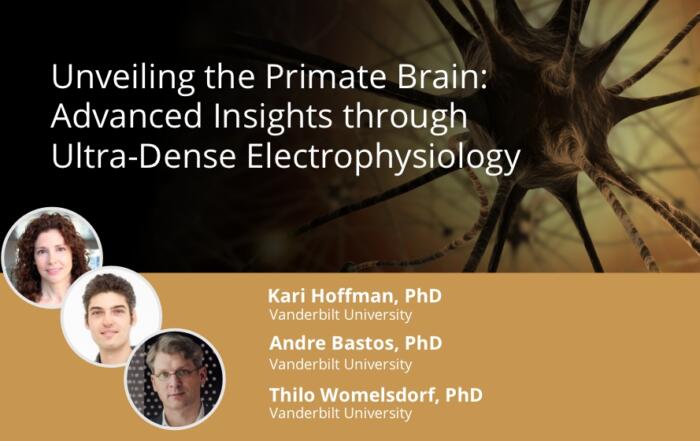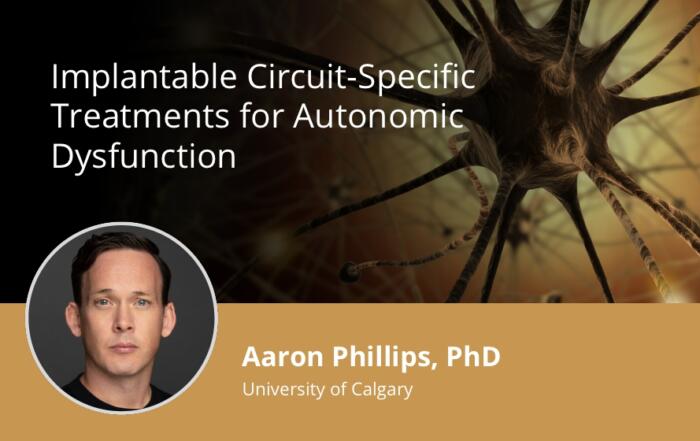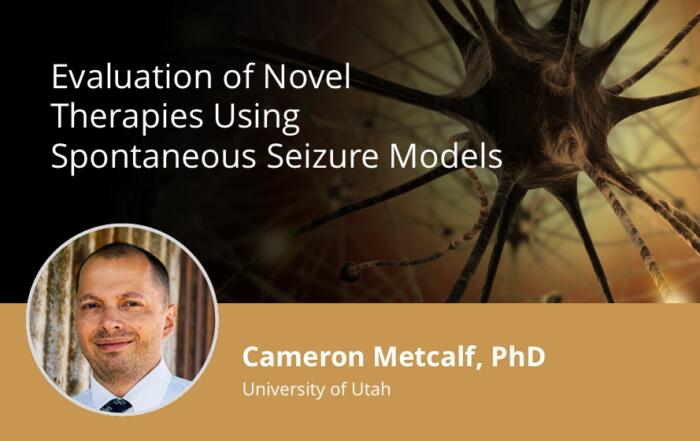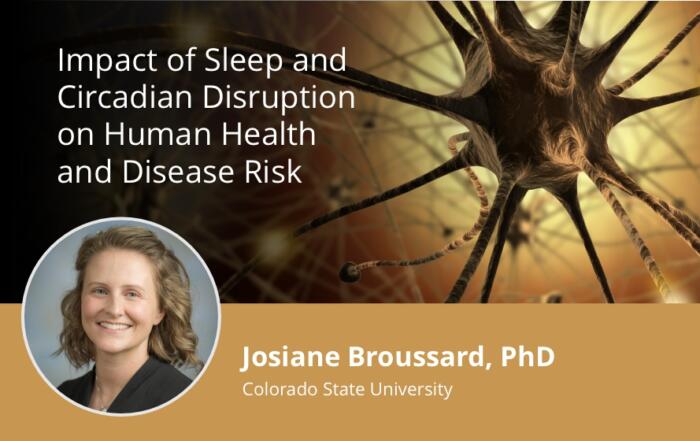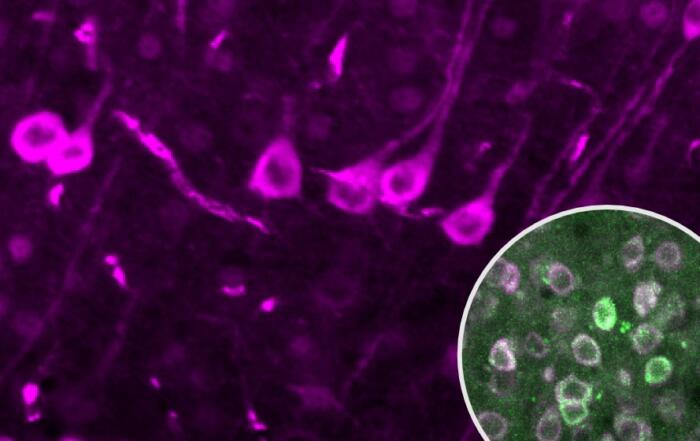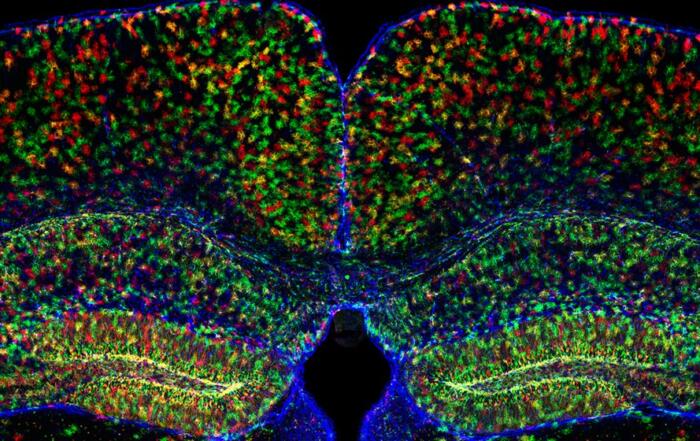In this webinar, Max Haberbusch, PhD and Esra Neufeld, PhD explore closed-loop cardiac rhythm control restoration in heart-transplant patients from model development to in silico regulatory evidence for safety and efficacy trials.
The NIH SPARC program pursues the ambitious goal to rapidly advance the promising field of bioelectronic medicine. This not only includes funding over 100 research teams to perform comprehensive mapping of the autonomic peripheral nervous system and its interaction with organ physiology, but also establishes a large infrastructure for FAIR data sharing, collaborative and reproducible modeling, mapping and knowledge management, to supercharge the field.
After briefly introducing SPARC and its infrastructure, this webinar illustrates how the NeuHeart consortium – an independent European research initiative – has leveraged that infrastructure in its quest to restore closed-loop cardiac rhythm control to heart-transplant patients.
The webinar discusses:
- Hybrid electromagnetic (EM-)electrophysiological modeling of neural interfaces, including model-based stimulation selectivity optimization and neural sensing information content maximization;
- A comprehensive model of cardiovascular regulation and its experimental validation; and
- Integration of these independently developed neural interface and cardiovascular regulation models, along with a generic closed-loop control framework.
The end provides a view on the ongoing research on model-based intelligent control and in silico regulatory evidence and trials for safety and efficacy assessment.
Key Topics Include:
- The dynamics of cardiovascular regulation after heart transplantation
- The development of therapeutic bioelectronic devices for information-maximized sensing and selective stimulation
- Model-based control of neural interfaces
- Open and FAIR neurosciences, with a particular focus on reproducible, sustainable, and integrative computational modeling (illustrated through the integration of independently developed neural interface and cardiovascular regulation models)
Presenters
Postdoctoral Associate
Center for Medical Physics and Biomedical Engineering
Medical University of Vienna
Associate Director and Head
Computational Life Sciences
IT’IS Foundation
